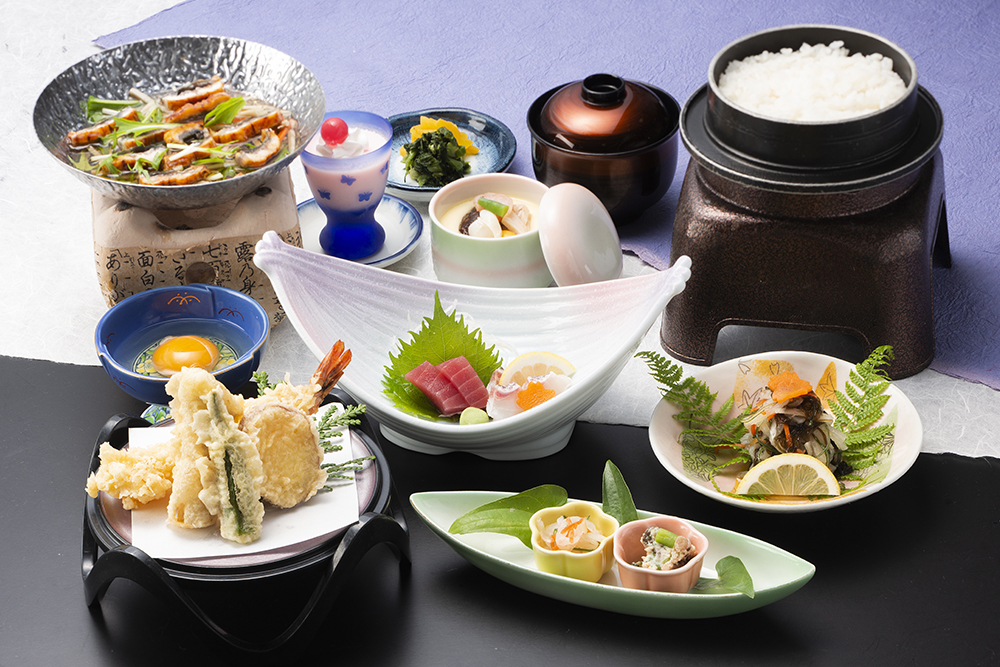Kaiseki is a dish served originally by a “teishu”, or organizer of the tea ceremony, to entertain the guests. They most important aspect of the tea ceremony was to be able to appreciate excellent tea (light tea and dark tea), and a kaiseki meal was the one to be accompanied. One type of soup, sashimi, a bowl of boiled food and flame-broiled food: these are the three dishes served. This combination takes the name of Ichi-ju-san-sai, meaning one soup and three dishes.
However, nowadays when people say kaiseki cuisine, they usually refer to a Japanese course meal. The dishes served are based on the original kaiseki cuisine, however a higher number of courses are usually served. So It would be more appropriate to distinguish modern kaiseki cuisine from the original one used during the tea ceremony. Hence why the original kaiseki cuisine is now sometimes called tea kaiseki. Kaiseki here means “service”, “hospitality”. If we think of cooking as a part of “hospitality,” we might doubt why we use the word kaiseki cuisine and not just kaiseki.
Due to the variations in characters that we have in Japanese, just by pronouncing the word kaiseki (and not seeing how it is written), we might also recall a second meaning: a multi-course meal or a banquet. So, kaiseki can also recall images of an entertaining with food and drinks.




